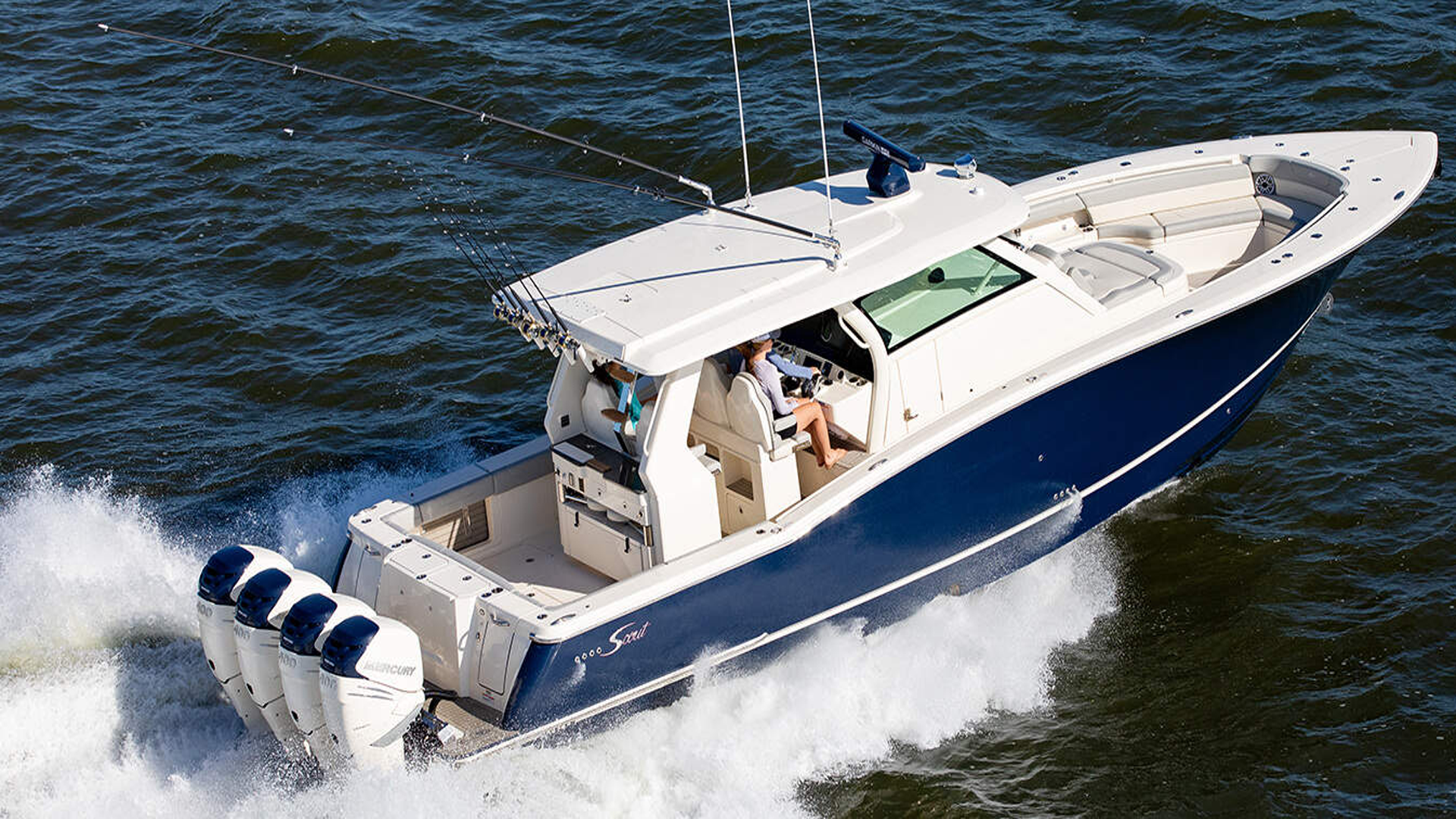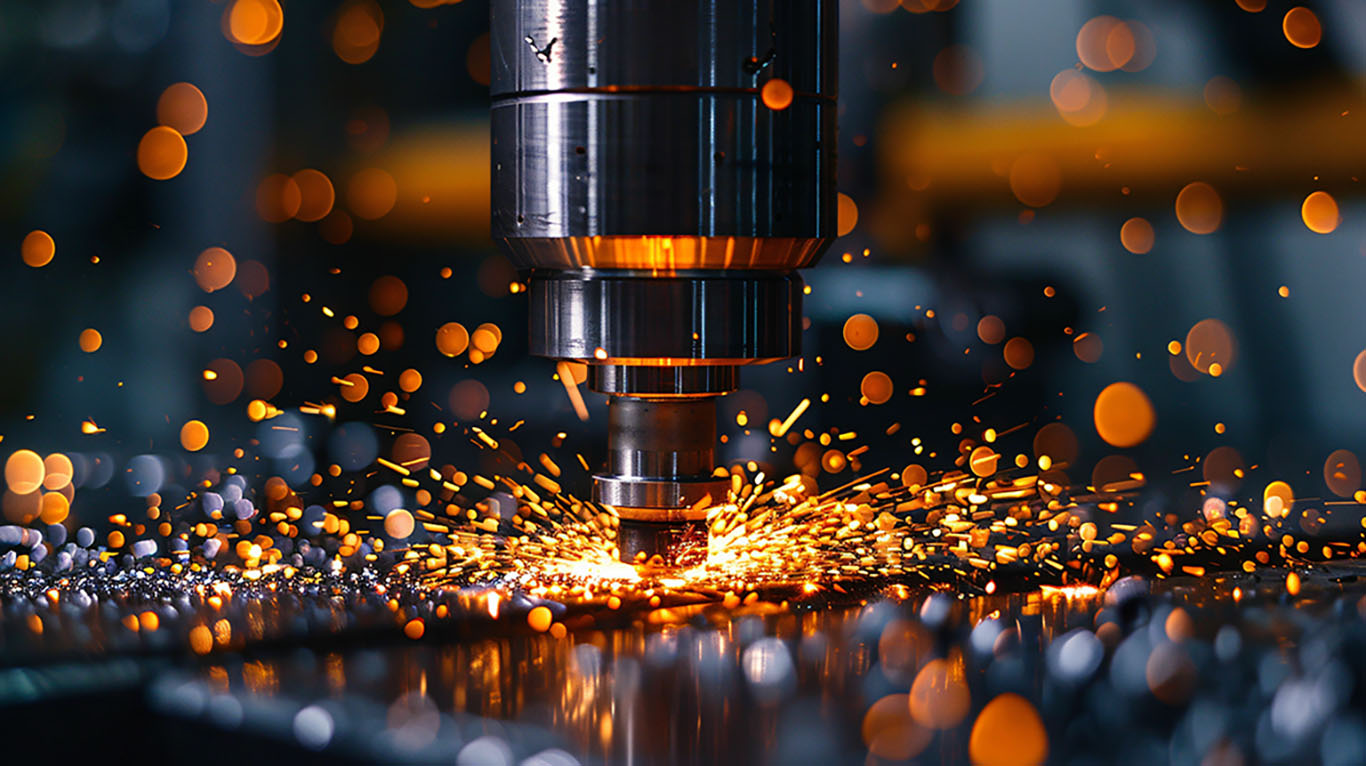Aquaculture Industry Summary
Aquaculture Snapshot
Industry Summary
According to the National Oceanic and Atmospheric Administration (NOAA), National Ocean Service, aquaculture is the breeding, rearing, and harvesting of fish, shellfish, algae, and other organisms in all types of water environments. Aquaculture is used to produce food, restore habitats, replenish wild stocks, and rebuild populations of endangered species which can be done in both fresh and marine water.(i) Per MarketWatch, the global aquaculture market was valued at $204 billion in 2020 and is expected to reach $262 billion by the end of 2026, growing at a compound annual growth rate (CAGR) of 3.6% from 2021-2026. The largest regions for aquaculture are the Asia-Pacific, South Asia, and Europe and they account for more than 70% of the world’s aquaculture production. Fishes are the largest sector of aquaculture, accounting for 66% of the market, followed by crustaceans and mollusks.(ii) The most popular types of fish farmed internationally are salmon, trout, and sea bass.
Aquaculture is expected to grow exponentially due to the high demand for seafood and the decline in the amount of captured wild fish each year. Specifically, the ocean cage culturing sector has expanded due to new technology and cage designs. Moreover, there have been major advancements in water recirculation systems, small-scale farming, and feed systems. Asia-Pacific is expected to see the most growth in aquaculture as it is a sector of major importance in the region’s domestic economies. The adoption and advancement of technology and automation is expected to have a “positive impact” on the market.(iii)
Founded in 1969, the World Aquaculture Society (WAS) is a scientific and educational organization that advances knowledge on aquaculture. The WAS promotes the academic, scientific, and technological development and advancement of aquaculture throughout the world. It gathers and disseminates technical information on aquaculture worldwide and encourages aquaculture research, development, and educational activities by both governmental and private agencies. They have over 3,000 members and have a presence in over 100 countries. (iv)
Policy Considerations
• Overfishing: 33% of the fish stocks are overfished, while 60% are at capacity, meaning that these stocks cannot fully replenish before being fished again. This leads to many fish populations and ecosystems collapsing. With the global demand for fish growing 50% by 2050, overfishing is becoming a serious problem. Aquaculture is an effective alternative as it allows farmers to responsibly farm only the number of fish needed, while letting wild fish replenish. The controlled farms use less space and carbon emissions making them far less damaging to the environment.(vi)
Industry Challenges
• Escapes: Though advancements in aquacultural technology have made fish escapes less common, they still occur, and with financially and sustainably disastrous results. Over the past 20 years, aquacultural organizations have recorded over 20 major Atlantic salmon escapes of more than 100,000. There have been even more escapes below of less than 100,000 fish. Fish escapes are financially damaging to companies involved in aquaculture. Companies must either invest in strong insurance coverage or better practices to prevent escapes to curb financial losses. Escapes are damaging to the environment as, in some cases, the escaped fish threaten native species and their genetics if the escaped fish interbreed with local wild fish populations.(vii)
• Lice: Salmon farms around the world are struggling to fight off sea lice, a copepod crustacean which feeds off fishes’ skin and blood to survive. The high densities of fish found in aquaculture facilitate the parasites’ search for a host. These infections severely impact the commercial sale of fish as infected fish cannot be sold due to the lesions the parasites cause. Infestations can also cause mass mortality of fish in aquaculture. The most common way to treat these infestations is with the application of harsh chemicals. Though effective at removing lice, these chemicals also have negative effects on salmon’s appetite and growth. New and natural innovations in removing lice include introducing wrasse, fish which consume lice, into aquacultural settings. Although wrasse help reduce lice, this method is not wholly effective at eliminating lice.
(viii) Innovation in lice removal technology, therefore, remains in high demand throughout the value chain.
• Overfeeding and Sewage: Fish farms threaten the sustainability of local ecosystems due to overfeeding and sewage resulting from the high concentration of fish in open cages in narrow waters. Excess food can pass through the fish nets, as well as sewage and sludge from the fish. The environmental damage associated with these externalities provide incentives to tackle these issues. One approach is to move production to land-based facilities to prevent damage to local ecosystems.(ix) However, the industry is open to further innovations that may provide more productive solutions to these externalities.
Industry Sectors
The following chart lists several technologies specific to the three sub-sectors of the aquaculture industry: brackish water, fresh water, and marine water aquaculture.
| Brackish Water Aquaculture | Fresh Water Aquaculture | Marine Water (Mariculture) |
|---|---|---|
| Fish Farms | Fish Farms | Hatchery Construction |
| Pond Design | Cage Construction | Cage Construction |
| Dike Construction | Fish Tank Construction | Recirculation Systems |
| Hatchery Construction | Water Filtration Systems | Multi-Trophic Aquaculture |
| Oxygenation | Hatcheries | |
| Temperature Regulation | ROVs / AUVs | |
| Hatcheries | ||
The UN Food and Agriculture Organization Subcommittee on Aquaculture released a document in July 2019 detailing innovations in the aquaculture sector. Below are several innovations that the document highlighted:
Advancing Integrated Agriculture-Aquaculture (IAA) allows for efficient resource use to prevent depletion and environmental degradation. For example, farmers in Guinea combined rice and fish production, resulting in better resilience and sustainability of both agriculture and aquaculture.x
Recirculating Aquaculture Systems (RAS) entail water recycling and waste reuse of fertilizers for agriculture. These techniques reduce the overall environmental hazards for ecosystems and the carbon footprint of seafood. Fish can grow in these environments without the use of
expensive hormones or antibiotics. RAS are portable and can therefore be placed in virtually any setting.
Genetics and Genomics technologies are enhancing the robustness and resilience of harvested fish. Selective breeding for greater characteristics, such as fast growth and pathogen resistance have made fish harvesting more productive. Genome modification, such as Clustered Regularly Interspaced Short Palindromic Repeats (CRISPR), has also contributed to the genomic enhancement of the fishing industry. Cryopreservation of fish gametes (sperm and egg cells) has also contributed to the enhanced productivity of fishing.
Alternatives to Fishmeal, such as plant meals, bacterial meals, and insect meals, converting CO2 or methane into feed ingredients, and extruded and floating feed provide a sustainable source of protein for fish nutrition. Feeding innovations, such as medicated feeds can lead to major gains in fish farming.xiii
Biotechnological innovations, such as advancements in nanotechnology have enhanced bioremediation techniques and environmental management of effluents, toxicants, and pathogens. Nanotechnology has improved the analysis of biomolecules, developing targeted drug delivery, clinical diagnosis, and disease therapeutics.xiv
Digital and Information and Communications Technology (ICT) is improving fish farming efficiency by providing innovations in data collection. New technologies, such as autonomous underwater vehicles (AUVs) are improving farming efficiency as such technology allows for greater management of fish cages, tailored feeding techniques, and personalized fish health, among others.
Sources
i National Oceanic and Atmospheric Administration (NOAA), “What is aquaculture?,” https://oceanservice.noaa.gov/facts/aquaculture.html
ii Market Watch, “Global Aquaculture Market Size 2020,” https://www.marketwatch.com/press-release/global-aquaculture-market-size-2020-global-industry-insights-by-global-share-emerging-trends-regional-analysis-segments-prime-players-drivers-top-countries-analysis-top-manufacturersshowing-impressive-growth-by-2026-2020-09-14
iii Markets and Markets, “Aquaculture Market by Rearing Product Type, Culture, Species, Production Type, and Region – Global Forecast to 2023,” https://www.marketsandmarkets.com/Market-Reports/aquaculture-product-market-2224024.html
iv World Agriculture Society, https://www.was.org/page/organization.aspx#.X7f_8mVKif8
v International Fund for Agricultural Development, “Guidelines for Integrating Climate Change Adaptation into Fisheries and Aquaculture Projects,”
https://www.ifad.org/documents/38714170/39135645/fisheries.pdf/17225933-cea1-436d-a6d8-949025d78fbd
vi Environmental Progress, “Overfishing,” https://environmentalprogress.org/overfishing
vii Intrafish, “Here are the largest recorded farmed Atlantic salmon escapes in history,” https://www.intrafish.com/aquaculture/here-are-the-largest-recorded-farmed-atlantic-salmon-escapes-in-history/2-1-388082
viii National History Museum, “The problem of sea lice in salmon farms,” https://www.nhm.ac.uk/discover/the-problem-of-sea-lice-in-salmon-farms.html
ix Export.gov, “Norway: Aquaculture Opportunities,” https://legacy.export.gov/article?id=Aquaculture-industry-offers-unique-opportunities
x UN Food and Agriculture Organization (FAO), “AQUACULTURE INNOVATIONS, THEIR UPSCALING AND TECHNOLOGY TRANSFER TO INCREASE EFFICIENCY, COMBAT ENVIRONMENTAL DEGRADATION AND ADAPT TO CLIMATE CHANGE,” http://www.fao.org/3/na401en/na401en.pdf
xi Ibid.
xii Ibid.
xiii Ibid.
xiv Ibid.



